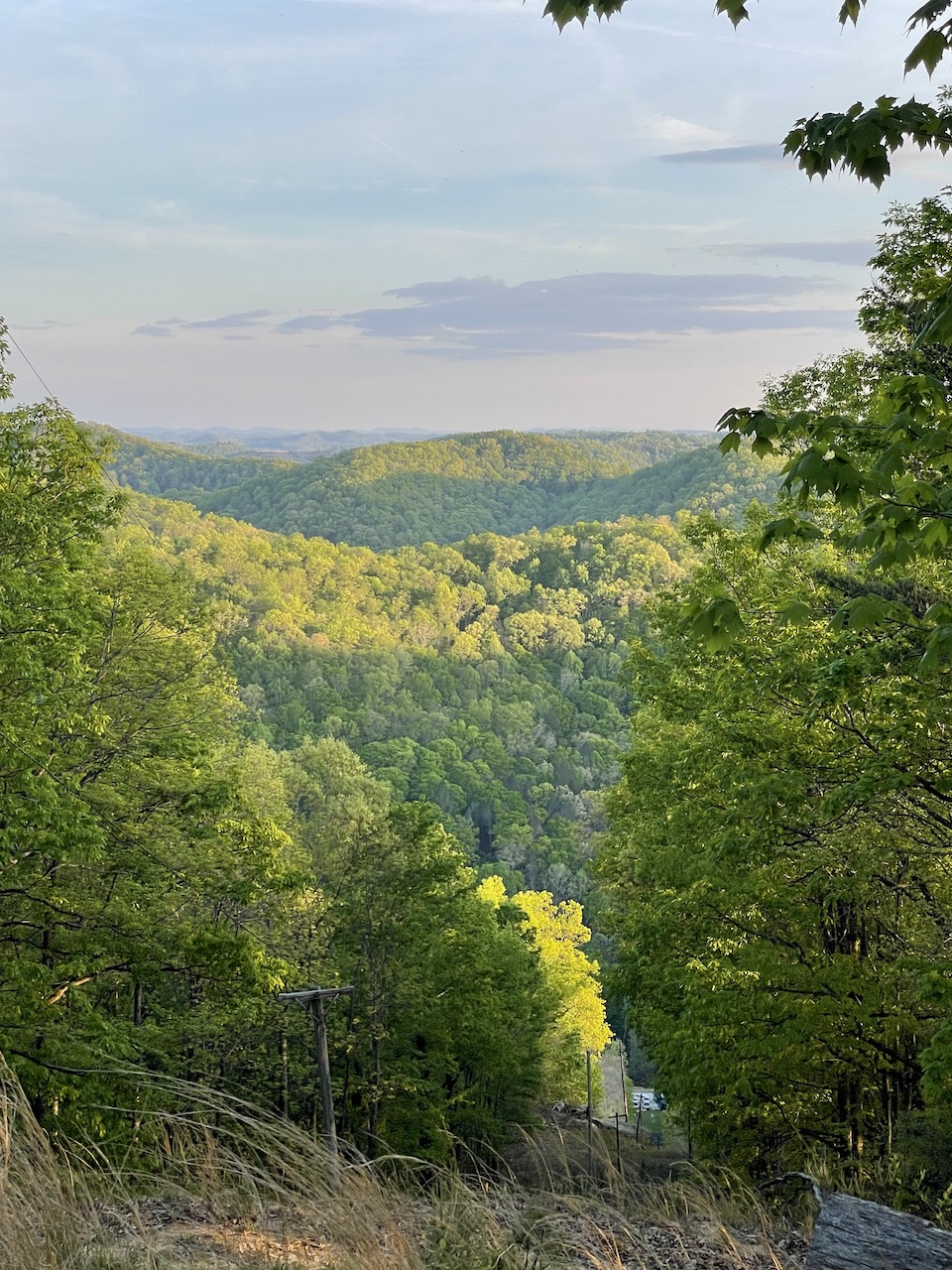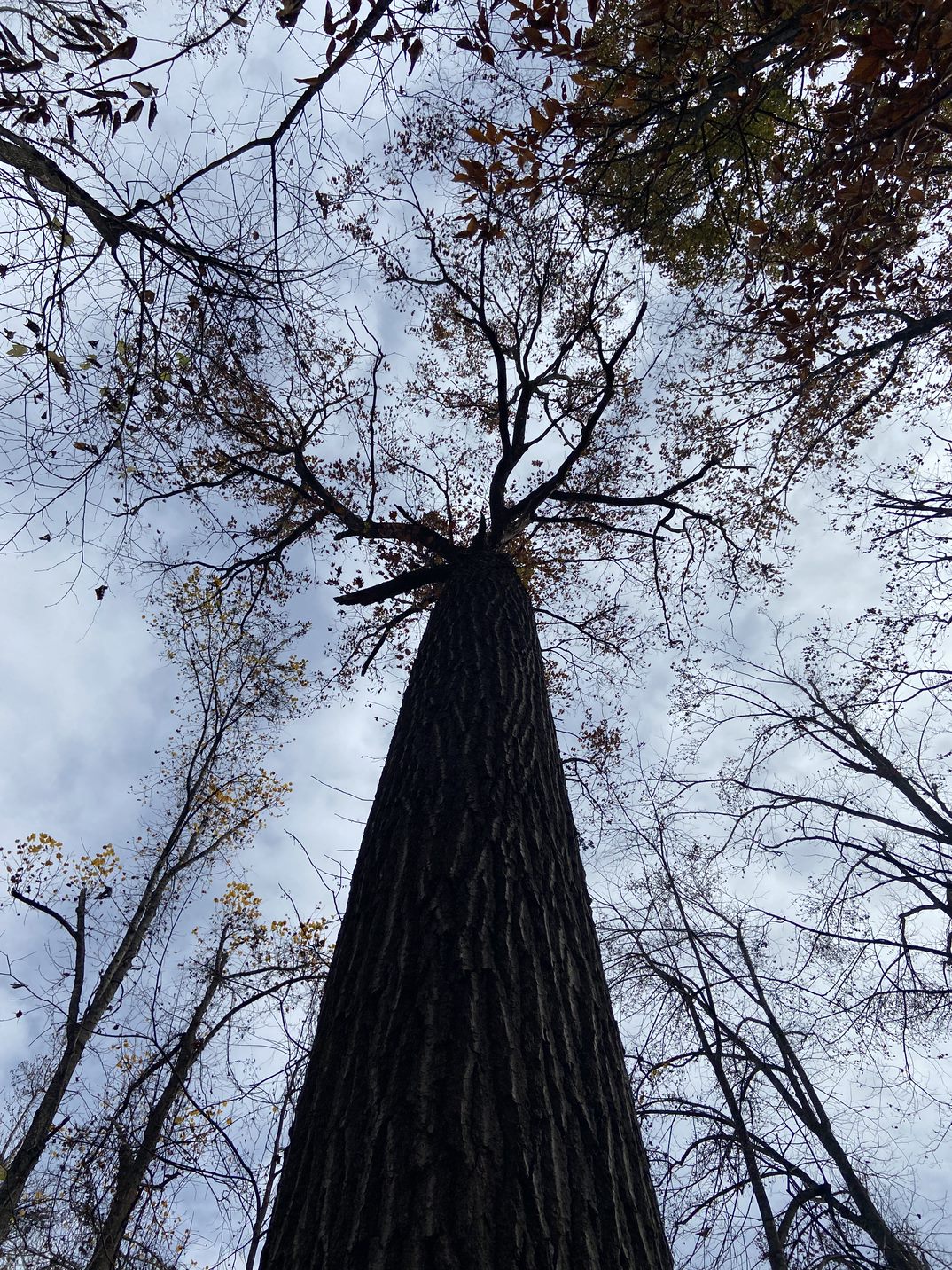A team of natural resources experts from Kentucky participated in a 3-day ASCC workshop in November 2022 to synthesize local knowledge and plan the silvicultural treatments for each of the adaptation options. The Kentucky team and the ASCC Network created management objectives, desired future conditions, and locally specific silvicultural practices to achieve their goals and to craft a plan for each of the following adaptation options:
Resistance
maintain relatively unchanged conditions over time

Management Goals:
- Maintain an even-aged stand with current species composition of oak, hickory, and mixed mesophytic species, allowing for landscape variation
- Increase resistance to drought, insets, and diseases
- Increase tree vigor and seed production in mature trees
- Remove undesirable seed sources and species
- Alter understory to promote development of advance reproduction of oaks
- Maintain and protect hemlock where present
Strategies & Approaches:
- 2- or 3-step shelterwood
- Preparatory cut (if needed) targeting ingrowth in the mid and understory to increase crown vigor and reduce midstory competition
- Establishment cut to reduce stocking based on individual site conditions and allow for the release of advanced regeneration
- A final overstory removal is expected in the future once desired seedlings and saplings have established
- Chemical or mechanical understory competition control
- Use of prescribed fire will be assessed following the final overstory removal
Resilience
allow some change in current conditions, but encourage eventual return to original conditions

Management Goals:
- Increase species, structural, and age class diversity by creating a multi-tiered, open structure with a more open canopy condition than what would have been seen historically
- Favor native climate-adapted and drought tolerant species
- Reintroduce fire to the landscape
Strategies & Approaches:
- Extended irregular shelterwood
- Establishment cut to reduce density to 70-75% stocking rate with larger gaps in lower productivity sites and reduced density in the matrix
- Create 0.5 to 1.5-acre gap openings across 20% of the treatment unit to regenerate future-adapted, drought-tolerant native species
- Periodic harvests and understory control to maintain a lower stocking rate
- Prescribed fire may be used before or after the initial shelterwood treatments once oak species are able to recruit
Transition
actively facilitate change to encourage adaptive responses
Management Goals:

- Create a complex, variable structure with lower stocking rates of ~60%
- Encourage a shift to a pine-oak dominated ecosystem with future-adapted native and novel species from warmer and drier climates
- Increase microsite diversity
Strategies & Approaches:
- Variable retention harvest to reduce stocking rates and provide opportunity for regeneration
- Create a mosaic of non-uniform gaps to mimic disturbance ranging in size (0.5 to 1.5 acres) and frequency across treatment units.
- Natural and artificial regeneration of species on site and novel species from warmer, drier North American climates to enhance climate adaptation to warmer temperatures, flash droughts, and flooding
No Action
Allow forests to respond to climate change without direct management or intervention.


